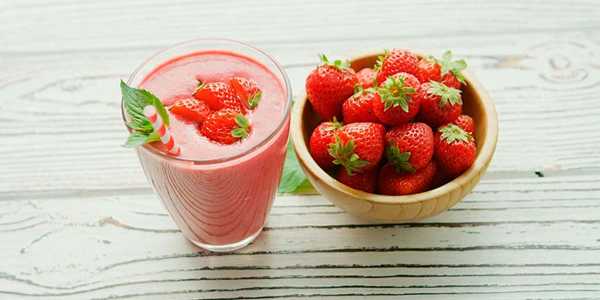Low-Sodium Soups For Heart Health
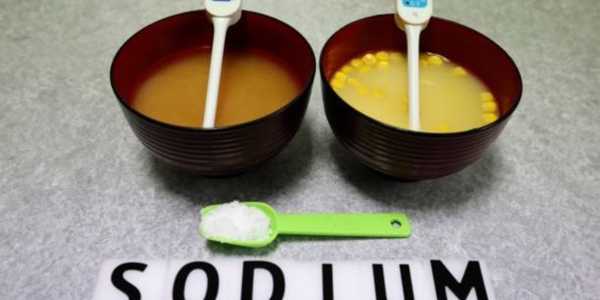
It's easy to say you care about your heart, but harder to show it in everyday choices. Salty canned soups might taste convenient, but they can quietly harm your heart over time. Making or choosing low-sodium soups is an easy and delicious way to support heart health and maintain healthy blood pressure levels.
Why Store-Bought Soup Can Be a Hidden Sodium Bomb
A normal healthy adult should not eat more than 2,300 milligrams of sodium each day, according to the American Heart Association . That is about one teaspoon of salt. However, the average person consumes significantly more than that due to processed foods, fast food, and, yes, store-bought soups that are often loaded with salt.
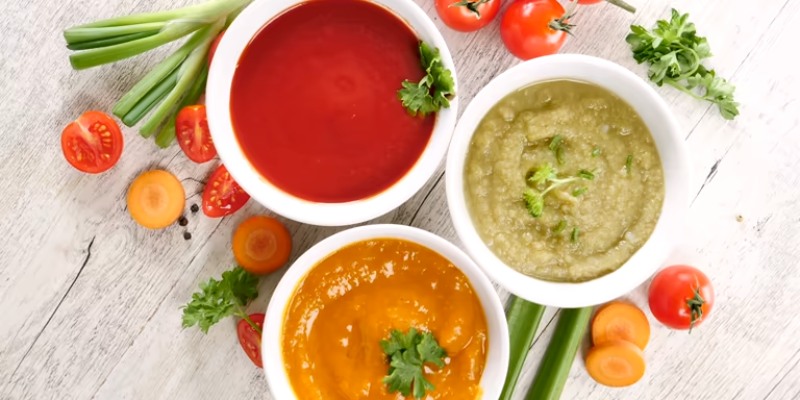
Soup can be good. It can be warm, filling, and easy to make. But it can also be dangerous if it is packed with salt. Therefore, the smart thing is to learn how to create or choose low-sodium soups that protect the heart and help keep blood pressure under control.
What Too Much Salt Does To The Body
Too much salt pulls extra water into the blood. More water in the blood means more work for the heart and more pressure on the blood vessels. This can lead to high blood pressure, stroke, and heart failure. The Centers for Disease Control and Prevention states that more than 70% of the sodium people consume comes from packaged and restaurant food, rather than from the salt shaker at home.
It's not just about not adding extra salt. It's about knowing which foods contain hidden salt. Soup is one of them.
Choosing Or Making Heart-Friendly Soups
Low-sodium soups are not fancy food for people who want to lose weight alone. They are food for anyone who wants to protect their heart. Choosing them is not difficult, but it requires effort.
One way is to make soup at home. Home-cooked soups give complete control. Use fresh or frozen vegetables. Use fresh herbs and spices instead of seasoning cubes, which are often high in salt. Pick lean proteins like chicken breast, turkey, or fish. Beans and lentils are good too.
When buying soup in stores, read the label. The "low-sodium" label indicates that it contains no more than 140 milligrams of sodium per serving. Sometimes the label says "reduced sodium," which means it has at least 25% less salt than the regular version. That does not always mean it is low in sodium, so the label must be checked carefully.
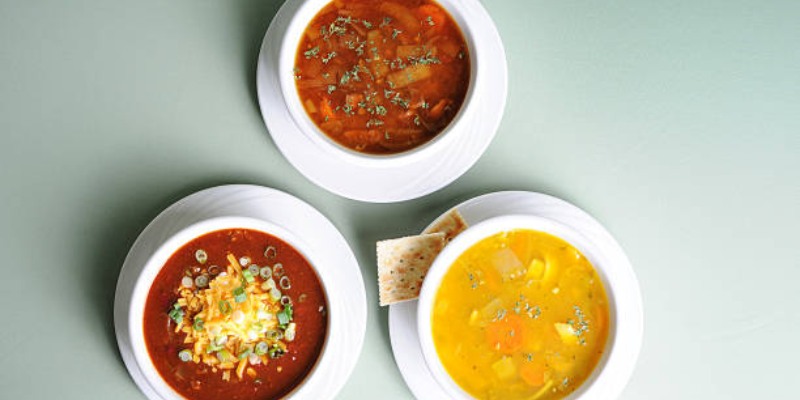
Popular Healthy Ingredients For Low-Sodium Soups
Vegetables are the kings of heart-friendly soup. Carrots, spinach, kale, celery, tomatoes, zucchini, and broccoli add colour, flavour, and fibre. They help the body fight diseases and keep the heart strong.
Whole grains, such as barley, brown rice, and quinoa, add bulk to soup and make it more filling. They do not raise sodium levels.
Herbs and spices are secret weapons for taste. Garlic, ginger, black pepper, thyme, rosemary, basil, parsley, and oregano can replace salt and still bring good taste.
Beans, peas, and lentils bring protein and fibre. They keep people full longer and help control cholesterol levels.
Low-sodium broth or homemade vegetable stock is preferable to store-bought, salty broth cubes. A simple trick is to boil leftover vegetable peels, herbs, and bones to make homemade stock.
Example Of a Simple Low-Sodium Soup
Here is a guide many people use. Try a basic vegetable soup. Sauté chopped onions, garlic, and carrots in a small amount of olive oil. Add chopped tomatoes, diced zucchini, and green beans. Pour in homemade low-sodium broth. Season with black pepper, basil, and thyme. Let it simmer until all the vegetables are tender and soft. Add cooked beans for more protein if needed.
This type of soup provides fibre, vitamins, and minerals without overloading the body with salt. It also supports heart health, digestion, and weight management.
Watch Out For Hidden Salt
It is easy to spoil a good low-sodium soup with hidden salt. Many people throw in soy sauce, store-bought stock, seasoning cubes, or salted butter without thinking. One small tablespoon of soy sauce can carry 1,000 milligrams of sodium. That is almost half of the daily limit.
It's better to replace these with fresh herbs, lemon juice, or vinegar for an extra flavour boost. Olive oil, pureed vegetables, or a splash of plain yoghurt can make soup creamy without adding salt.
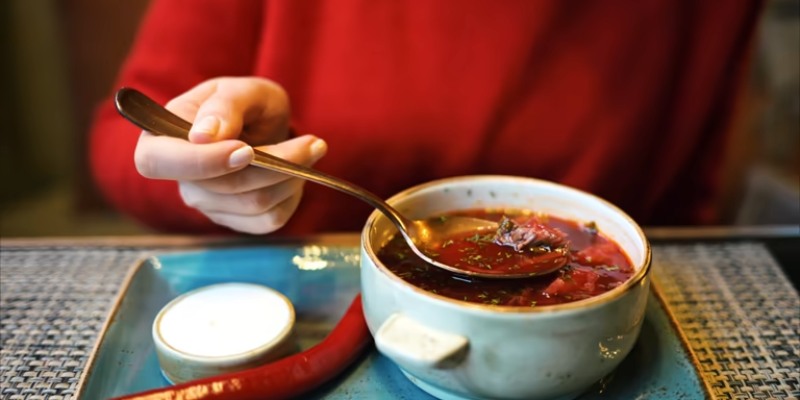
Eating Out? Be Careful Too
People who love soup from restaurants must be extra careful. Restaurant soup is often high in salt because salt enhances the flavour of food and encourages people to return for more. Ask if there is a low-sodium option. If there is none, it is safer to pick another meal. Or ask if the chef can make it with less salt.
People who think asking for less salt is embarrassing should remember one thing: no one will suffer a heart problem except the person who eats too much salt.
Building a Healthy Routine Around Soup
Low-sodium soups can be part of a bigger heart-healthy lifestyle. Soups can aid in weight control because they are filling and can serve as a replacement for heavier meals. However, eating soup alone will not rectify a poor lifestyle. It is essential to pair it with other good choices.
Do not sit around all day doing nothing. Get moving. Even simple walking helps the heart. Drink enough water. Eat fresh fruits and vegetables. Cut down on processed food. Sleep well. See the doctor for check-ups.
If you are unsure about the right amount of salt, consult a doctor or dietitian. Many hospitals now offer heart health programs that teach individuals how to eat and live healthier. The National Institutes of Health also has valuable resources.
Heart-Healthy Soup Recipe Pack: Delicious Low-Sodium Soups
Garden Vegetable Bean Soup
Servings: 4
Sodium: ~120mg per serving
Ingredients:
1 tbsp olive oil
1 onion, diced
2 carrots, chopped
2 celery stalks, chopped
3 cloves garlic, minced
1 zucchini, chopped
1 can (15 oz) no-salt-added white beans, drained and rinsed
4 cups low-sodium vegetable broth
1 can (15 oz) no-salt-added diced tomatoes
1 tsp dried thyme
1/2 tsp black pepper
2 cups chopped spinach
Instructions:
In a large pot, heat olive oil over medium heat. Add onion, carrots, and celery. Sauté for 5 minutes until softened.
Add garlic and cook for 1 minute.
Add zucchini, beans, broth, tomatoes, thyme, and pepper. Stir to combine.
Bring to a boil, then reduce heat and simmer for 15–20 minutes, until vegetables are tender.
Stir in spinach and cook until wilted, about 2 minutes.
Taste and adjust the seasoning as needed (use lemon juice or herbs, not salt), and serve warm.
Broccoli Potato Creamy Soup
Servings: 4
Sodium: ~110mg per serving
Ingredients:
1 tbsp olive oil
1 onion, diced
3 cloves garlic, minced
2 medium potatoes, peeled and diced
3 cups broccoli florets
4 cups low-sodium vegetable or chicken broth
1/2 tsp black pepper
Optional: 2 tbsp plain Greek yoghurt for creaminess
Instructions:
In a pot, heat olive oil over medium heat. Add onion and cook until translucent, about 5 minutes.
Add garlic and cook for 1 minute, until fragrant.
Add potatoes, broccoli, and broth. Bring to a boil.
Reduce the heat and simmer for 15–20 minutes, until the potatoes and broccoli are tender.
Use an immersion blender to blend until smooth (or carefully transfer to a blender in batches).
Stir in Greek yoghurt if using, add black pepper, and serve warm.
Tomato Lentil Soup
Servings: 4
Sodium: ~130mg per serving
Ingredients:
1 tbsp olive oil
1 onion, chopped
2 carrots, chopped
3 cloves garlic, minced
1 cup red lentils, rinsed
4 cups low-sodium vegetable broth
1 can (15 oz) no-salt-added diced tomatoes
1 tsp ground cumin
1/2 tsp black pepper
1 tsp dried basil
Instructions:
Heat olive oil in a pot over medium heat. Add onion and carrots, sauté for 5 minutes.
Add garlic and cook for 1 minute.
Add lentils, broth, tomatoes, cumin, black pepper, and basil. Stir well.
Bring to a boil, then reduce the heat and simmer for 20 minutes, or until the lentils are tender and soft.
Serve warm, garnished with fresh herbs if desired.
What To Remember
A heart does not break in a day. Damage builds up when people consume excessive amounts of salt, avoid exercise, and disregard the quality of what they put in their bodies. Low-sodium soup is not a punishment food. It is smart food. It protects the heart, lowers blood pressure, and enhances the quality of life for individuals seeking to live well for many years.
Take control of what goes into the soup pot. Pay attention to labels in stores. Use fresh ingredients. Choose herbs and spices over salt. Small changes add up to significant results.
A healthy heart depends on wise food choices. For anyone who thinks skipping salt is too much trouble, ask anyone with heart disease today if they wish they had taken care of it earlier. The answer is clear.
Sources
American Heart Association — Sodium and Your Health

